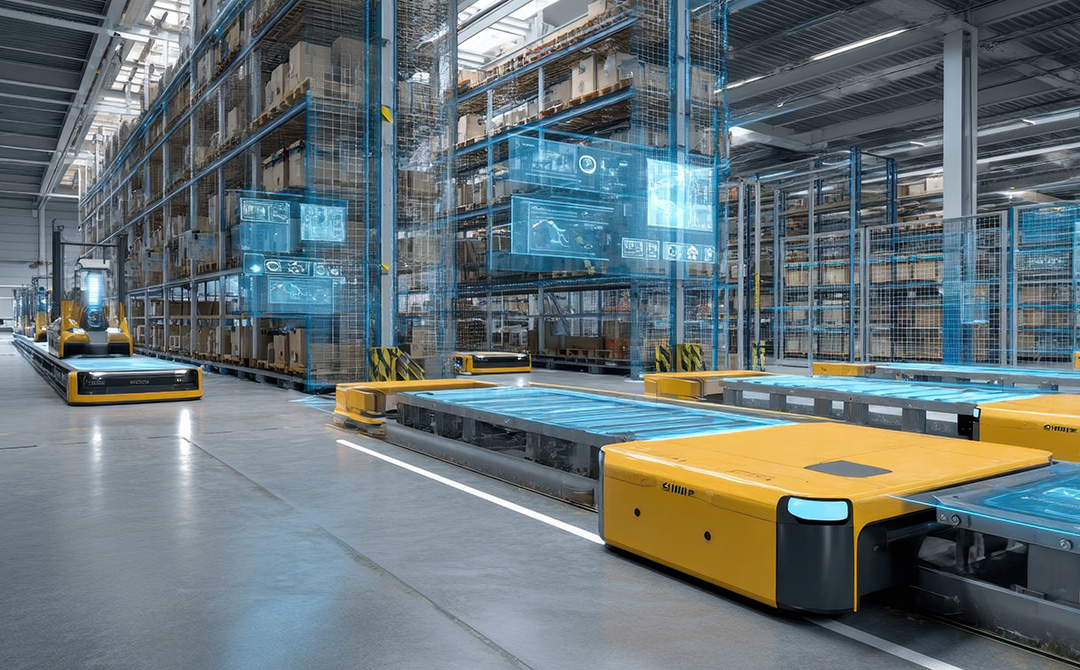
The Coronavirus outbreak seems to be having an unprecedented effect globally. While brave health workers are confronting the fatal virus head on, business leaders from several service providers are playing an important role in the background. In addition to medicine and healthcare, basic food items are essential. Retailers are working round the clock to ensure that they can deliver essential items in a timely manner. While some retailers are better prepared than the others, most retail management teams are facing a few looming challenges:
Challenges faced by the retailers
- Logistics disruption caused by city closures due to the quarantine process. Employees are unable to come to work due to illness and/or regulatory advisory
- Supply crunch due to closing of factories. It started with the production break in China. However, the demand for certain categories surged due to panic purchase
- Lack of E-commerce readiness for retailers. Many retailers are not e-commerce ready and are not able to deal with the scale where almost all purchases are expected to happen online.
Lessons from the past
Although the Coronavirus outbreak is unprecedented and the impact is on a different scale, we may still learn a few lessons from the recovery pattern of the previous two epidemics and two natural disasters, such as, the SARS outbreak in China in 2003, Hurricane Katrina in 2005, the Fukushima disaster in Japan in 2011 and the MERS outbreak in South Korea in 2015.
The magnitude of the impact of these events were varied, however, there were similarities with respect to the demand fluctuation patterns during and post crisis for the following three distinct class of products:
- Staples, fresh food, and other essentials – the demand was very high during crisis and slowly stabilized post crisis
- Healthcare essentials, disinfectant, hand sanitizers, cleaning products – the demand spiked during crisis and dropped sharply post crisis
- Clothing, cosmetics, toys – these discretionary spends seemed to dip significantly during the crisis and spiked immediately after the crisis, due to the pent-up demand. The stabilization was gradual.
Retailers can take a lead in helping the community face the crisis and, in the process, build a stronger, long-lasting brand. For example, certain retailers deepened their trust with the consumers by rapidly resuming operations, staying at the forefront during the crisis and demonstrating their commitment towards the community. A case in point is the retail brand Costco , Costco has kept their stores open to supplying food and essential resources to the community. Similarly, Walmart has opened their parking lots for Coronavirus test centers. Walmart is working with restaurants and hospitality groups to hire people who are facing layoffs and furloughs. GameStop implemented changes to their retail operations so that they can continue to provide essential products to their customers that allow them to stay connected and enable better experience while working remotely.
Another long-term change in consumers’ preference was observed with respect to their food habits and lifestyle changes. A large segment of the consumers seemed to prefer fresh healthy food at a convenient price point. Thus, food safety, compliance and brand building were important for retailers to earn consumers’ loyalty.
How can retailers be better prepared
Reports indicate that the online sales increased between 200% -650% YOY in China during the end of Jan to Mid Feb in grocery, fresh vegetables, and disinfectant categories.
Retailers need to energize the e-commerce arm and be ready to cater to higher demands.
Overcome supply-chain obstacles
A significant portion of supplies of consumer products come from China. Some factories in China and other Southeast Asian markets are partially operational or not operational. In addition, there are government regulations imposed on movement and some cities have been quarantined causing huge transportation disruption. Some of this supply chain impact is inescapable. It may help if retailers assess this challenge by category of products and take necessary steps.
For example,
- Monitor the inventory situations at zip code/store/fulfillment centers constantly
- Redirect inventory to the worst hit locations
- Impose restrictions on allowable transaction limits
- Explore additional suppliers and consider reviewing the existing supplier capacity especially the local ones. These considerations may benefit long-term post crisis period as well
- For consumer products such as electronics items, inform the consumers about the delay. This may help earn consumers’ trust rather than missing a promised date. AliExpress did this prudently to manage consumers expectation
Rebuild AI
The trends and patterns have shifted for some of the key business metrics such as sales, demand, inventory, cost, supply and logistics etc. This means that the decision engines and the AI systems have not observed this trend-shift in the current data before. Hence, their effectiveness will soon be impacted. The AI algorithm should be revisited to account for the new trend.
Overcome technology challenges
Most retailers believe that they are equipped with adequate technology to deal with sudden surge in volume. They must validate this understanding by analyzing click-steam data, audits/logs, and call center data to identify technology challenges faced by the visitors and put systematic fixes to drive better experience through-out the purchase journey.
Follow ethical business practices
The e-commerce marketplaces allow third-party sellers to sell products. Some of these sellers may spike up the price to make money during this crisis. We have read in the news that 2-ounce hand sanitizers from a well-known national brand were being sold for $400 and masks’ prices were up by 10 times. In the process, the consumers build negative sentiment towards the brand and retailers. Retailers and brands should monitor the prices of their products frequently and take necessary actions against the violators.
Additionally, there are duplicate products “counterfeit” in the market presented as the national brands. The description, texts and images look very similar to the original products. It’s been reported that searches for keywords related to Coronavirus, COVID-19 have increased several thousand percent in giant ecommerce brands on the search engines. This is triggering inappropriate listing of products claiming health benefits and misleading consumers. Retailers and Brands must track inappropriate listings and de-list them as soon as possible.
Hire additional resource
Retailers need to plan on on-boarding additional resources to enable omni-channel functions. There will be operational challenges that can be dealt with by additional resources in the short-term. For example, calling specific consumer segments that are less used to using technology will help the community, and drive online adoption further. Similarly, manual processes can augment short-term systematic delivery or pick-up challenges. Amazon has announced hiring of additional 100,000 employees, while Walmart is in the process of hiring 150,000 associates.
The loyalty and brand value can be re-established during extreme social stress. Consumers want the essential products whenever they want at a fair price. And they want to trust the retailers they buy from and the product brand they choose to buy. While retailers have been in the forefront helping the communities fight this pandemic, they should focus on building a stronger brand that will ensure sustainable growth once the crisis is over.
Topic Tags




